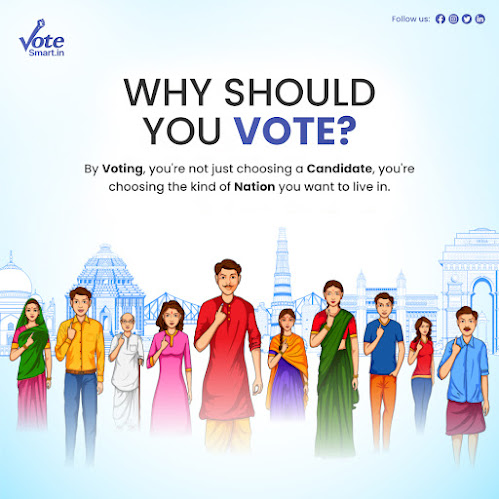Who are the Driving Forces Behind Grassroots Movements in the Latest Election Cycle?
In the ever-evolving landscape of politics, grassroots movements have emerged as powerful catalysts for change, influencing the trajectory of elections and shaping the political narrative. In the latest election cycle, these movements have taken center stage, mobilizing citizens, amplifying voices, and challenging the status quo. In this blog post, we delve into the driving forces behind grassroots movements, exploring their origins, impact, and the individuals and organizations at the forefront of this transformative wave.
The Power of Grassroots Movements:
Grassroots movements, characterized by their bottom-up approach, draw strength from the collective voices of ordinary citizens. These movements transcend traditional political structures, relying on community engagement, local activism, and social media to spread their messages. In the latest election cycle, the power of grassroots movements has been particularly pronounced, influencing policy discussions, candidate agendas, and voter turnout.
Origins and Motivations:
Understanding the driving forces behind grassroots movements requires an exploration of their origins and motivations. Many of these movements are born out of dissatisfaction with the existing political landscape, fueled by a desire for change and a need to address pressing issues that might be overlooked by mainstream political agendas. Economic inequality, social justice, environmental concerns, and civil rights often serve as the driving forces propelling grassroots movements into action.
Individuals and Organizations Leading the Charge:
Community Activists:
At the heart of grassroots movements are community activists, individuals deeply connected to the issues affecting their localities. These activists, often representing marginalized or underserved communities, leverage their passion and firsthand experiences to galvanize support.
Nonprofit Organizations:
Nonprofit organizations play a pivotal role in driving grassroots movements, providing structure, resources, and strategic direction. These organizations often serve as hubs for coordination, offering platforms for like-minded individuals to unite under a common cause.
Social Media Influencers:
In the digital age, social media has become an instrumental tool for grassroots movements. Influencers and advocates leverage online platforms to amplify their messages, mobilize support, and connect with a broader audience, transcending geographical boundaries.
Youth Activists:
The latest election cycle has witnessed a surge in youth activism. Empowered by their digital fluency and a deep sense of social responsibility, young activists are driving change, demanding accountability, and reshaping the political discourse.
Impact on Elections:
Grassroots movements have a tangible impact on elections, influencing the political agenda, candidate selection, and voter turnout. By bringing attention to overlooked issues and championing causes that resonate with a diverse array of citizens, these movements contribute to a more inclusive and representative democratic process.
Shaping Policy Discussions:
Grassroots movements have the power to shift the focus of election discussions, ensuring that critical issues are addressed. Whether it's environmental sustainability, criminal justice reform, or healthcare accessibility, these movements compel candidates to respond to the concerns of the people.
Candidate Agendas:
Candidates, aware of the influence of grassroots movements, increasingly align their agendas with the priorities highlighted by these groups. The demands for transparency, accountability, and progressive policies become integral components of political platforms.
Increasing Voter Turnout:
Grassroots movements excel at mobilizing communities and encouraging civic participation. Through voter registration drives, community forums, and awareness campaigns, these movements contribute to increased voter turnout, particularly among demographics traditionally underrepresented in elections.
Challenges and Opportunities:
While grassroots movements bring about positive change, they also face challenges. Sustaining momentum beyond election cycles, overcoming funding constraints, and navigating the complexities of political dynamics can be formidable tasks. However, the digital era provides unprecedented opportunities for these movements to connect, organize, and influence change on a global scale.
Sustainability:
Maintaining momentum between elections is crucial for the long-term success of grassroots movements. Establishing sustainable structures, nurturing leadership, and diversifying engagement strategies are essential for their continued impact.
Funding and Resources:
Grassroots movements often operate on limited budgets, relying on individual donations and volunteer efforts. Overcoming financial challenges requires creative fundraising strategies and partnerships with like-minded organizations.
Navigating Political Realities:
Grassroots movements must navigate the intricacies of political landscapes, forming strategic alliances without compromising their core values. Building bridges with established political entities can provide opportunities for greater influence.
Conclusion:
In the latest election cycle, grassroots movements have proven to be dynamic forces, reshaping the political narrative and challenging established norms. Driven by passionate individuals, supported by nonprofit organizations, and amplified by social media, these movements have the potential to drive lasting change. As we reflect on the driving forces behind grassroots movements, it becomes evident that their influence extends far beyond election cycles, laying the foundation for a more participatory and inclusive democracy.




Comments
Post a Comment